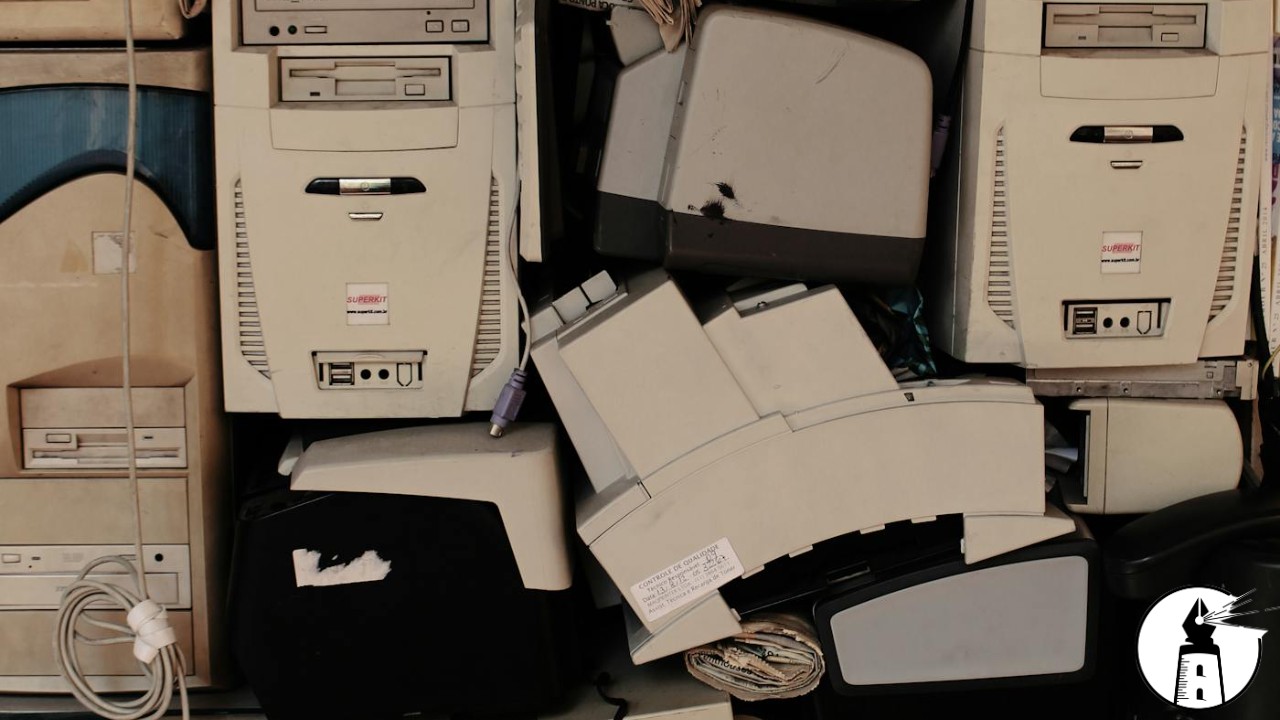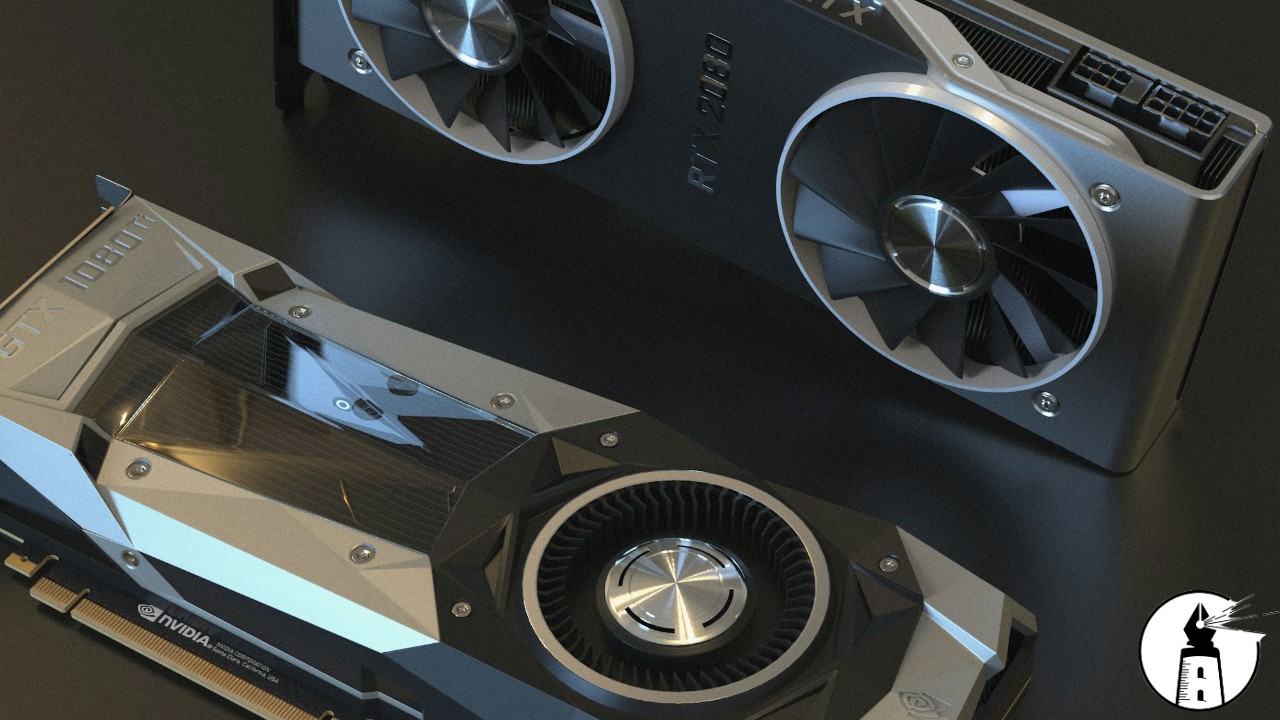Microsoft’s announcement that Windows 10 will reach end-of-support on October 14, 2025, marks the end of an era for one of the most widely used operating systems in the world. But as the clock ticks down, the consequences of this transition are beginning to come into sharper focus. Not just for users, but also for the planet.
When support ends, Microsoft will no longer provide free security updates, reliability patches, or technical assistance for any edition of Windows 10. Users will either need to pay for extended security updates, upgrade to Windows 11, or transition to another operating system entirely. These choices might seem manageable in theory, but for millions of households and small businesses, they are anything but.
One of the most pressing concerns is the environmental toll. While Microsoft and its partners would prefer users buy new PCs that meet the more stringent requirements of Windows 11, the reality is that many existing Windows 10 machines are still perfectly functional. Yet, due to compatibility blocks and a lack of affordable upgrade paths, these machines are likely to be discarded. The result could be a massive uptick in electronic waste, much of it containing materials that are difficult or hazardous to recycle properly. Older laptops and desktops, some of which may only be five or six years old, could end up in landfills not because they are broken, but because they are unsupported.
The decision also raises significant equity and accessibility issues. Not everyone can afford to buy a new PC or pay for a subscription just to receive basic security updates. For those on fixed incomes or living paycheck to paycheck, even the lowest-cost options can be out of reach. And while tech-savvy users might experiment with installing Linux or using cloud-based solutions, these alternatives require a level of comfort with computers that many users simply do not have.
This situation puts many people in an impossible bind. Continue using an unsupported operating system and risk exposure to malware and security vulnerabilities, or discard a working machine because it no longer passes an artificial compatibility test. Neither is a sustainable solution.
Microsoft is offering one year of extended security updates for consumers at a relatively low cost, but after that, support disappears again unless users opt into more complex or costly options. For many, this feels less like a support policy and more like a deadline to pay up or be left behind.
The implications go far beyond individual consumers. Schools, nonprofits, and community organizations that rely on older hardware could also be impacted, particularly those with limited budgets or aging technology infrastructures. What’s being framed as a necessary evolution of technology may end up widening the digital divide.
Windows 10 may continue to function long after its official support ends, but the writing is on the wall for those who can’t afford to play catch-up. The end-of-support date may be just another item on a corporate roadmap, but for many users, it represents a premature obituary for machines that still have plenty of life left in them.
And in the end, it’s not just about support cycles or software updates. It’s about who gets to decide when a machine is no longer useful and who pays the price when that decision is made.
—By Greg Collier



